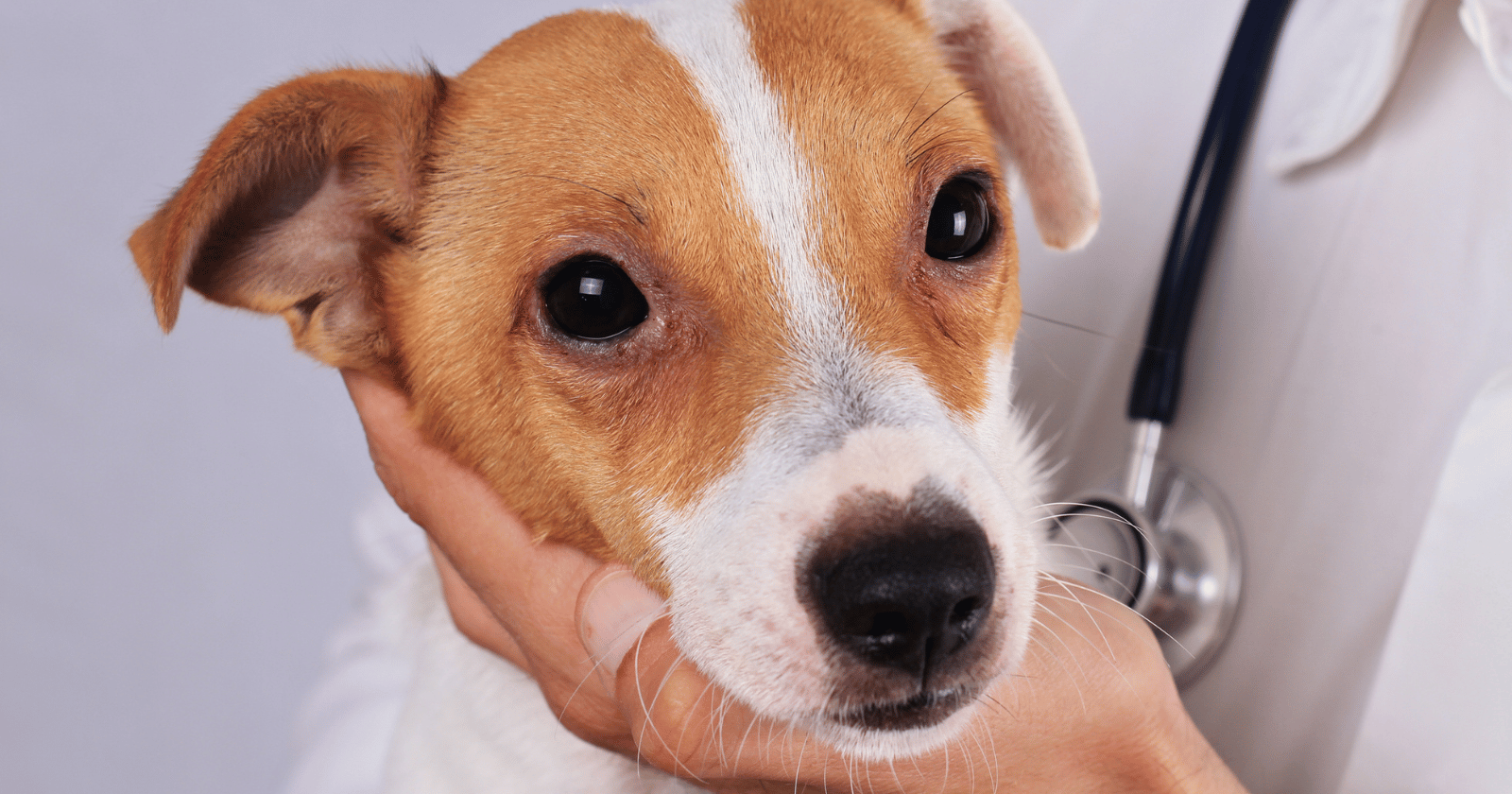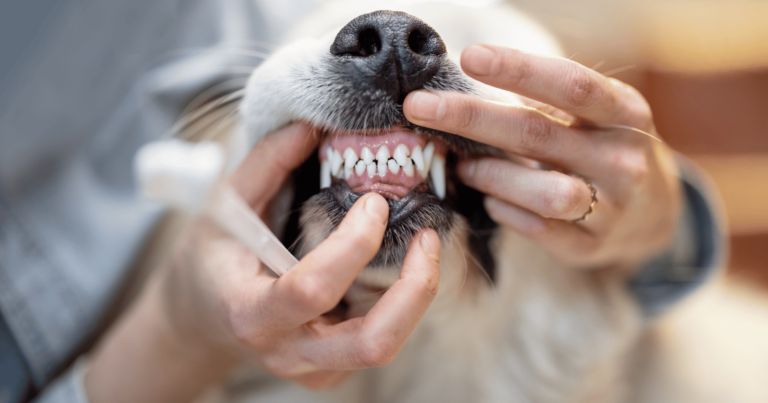Having a dog means more than just belly rubs and fetch games.
It’s about understanding their needs, especially with food.
Food allergies can make your furry friend miserable, and it’s not always easy to spot the signs.
As a dog owner, it’s crucial that you’re aware of these potential problems.
You need to know what to look for, how to respond, and most importantly, how to prevent them.
Here are eight things every dog owner should know about food allergies.
1. Not all food reactions are allergies
When you notice your dog itching or having digestive issues after mealtime, your first thought might be a food allergy.
But hold on, it’s not always the case.
Food reactions in dogs can be broadly divided into two types: food allergies and food intolerance.
While they might seem similar, it’s crucial to understand the difference.
A food allergy is an immune system response to a certain food ingredient, usually a protein.
It’s often accompanied by itching, skin problems, and sometimes even gastrointestinal problems.
Food intolerance, on the other hand, is a digestive problem where your dog’s body cannot properly digest a certain ingredient.
This can lead to vomiting, diarrhea, or gas.
So, if your dog has a bad reaction to a certain type of food, it may not necessarily be an allergy.
It could just be that their body can’t handle that specific ingredient well.
2. The symptoms can be subtle

I remember when my own dog, Nala, started scratching herself more than usual.
At first, I dismissed it as a minor itch or maybe she was just being a typical dog.
But the scratching became more persistent, and then I noticed her skin was turning red and irritated.
I was clueless at first.
Was it fleas?
Was it some kind of skin disease?
I tried changing her shampoo, treating her for fleas, but nothing seemed to work.
It was only when I took her to the vet that I found out Nala was allergic to chicken.
Yes, you heard it right.
Chicken!
Something that she had been eating since she was a puppy.
The vet explained that food allergy symptoms in dogs can often be subtle and easily overlooked.
They can manifest as skin problems like itching and redness, ear infections, or gastrointestinal issues like vomiting or diarrhea.
So if you notice something off about your dog’s behavior or appearance, don’t ignore it.
It might be their way of telling you something’s not right with their food.
3. Dogs can develop allergies at any age
While we often associate the onset of allergies with puppyhood, that’s not always the case.
Dogs can actually develop food allergies at any age.
Surprisingly, a dog can eat a certain type of food for years without any problem and then suddenly develop an allergic reaction to it.
This sudden change can be baffling for many dog owners.
This is why it’s crucial to keep an eye on your dog’s health and behavior, regardless of their age.
4. A food elimination diet is a common diagnostic tool
If your vet suspects a food allergy, they may suggest a food elimination diet.
It’s exactly what it sounds like – you gradually eliminate certain types of food from your dog’s diet to see if the symptoms improve.
This process can be slow and requires patience, as it usually lasts for several weeks or even months.
The goal is to pinpoint the specific ingredient that triggers your dog’s allergic reaction.
Once the allergen is identified, you can then work on creating a diet that avoids that ingredient.
Remember, it’s crucial to do this under the guidance of a vet.
They can provide the right advice and ensure your dog still gets all the necessary nutrients during this process.
5. Some breeds are more prone to food allergies
Just like us humans, some dog breeds are more susceptible to food allergies than others.
Breeds like Boxers, Cocker Spaniels, Springer Spaniels, Dachshunds, and Retrievers are known to have a higher chance of developing food allergies.
However, this doesn’t mean that your Golden Retriever will definitely have a food allergy.
It simply means that they are genetically predisposed to be more at risk.
6. Dealing with food allergies can be overwhelming, but you’re not alone

Navigating your dog’s food allergies can feel like a daunting task.
Seeing your furry friend struggle with discomfort is heart-wrenching, and the journey to find the allergen can be a long and challenging one.
It’s perfectly normal to feel overwhelmed.
But take heart in knowing you’re doing the best thing for your dog.
Your patience, love, and commitment in this journey are what truly matters.
Don’t hesitate to reach out for help.
Your vet is there to guide you, and there are countless pet communities and resources available to support you.
In the end, knowing that you’re helping your dog live a happier, healthier life makes all the effort worthwhile.
7. Prescription diets can be a lifesaver
I’ll never forget the relief I felt when Nala, my dog, finally started showing improvement.
After weeks of trial and error, we found out that a prescription diet was what Nala needed.
Prescription diets are specially formulated to either exclude common allergens or contain hydrolyzed proteins (proteins broken down into tiny pieces that the immune system doesn’t recognize as an allergen).
Switching Nala to a prescription diet was a game-changer.
Her itching gradually lessened and she seemed happier and more energetic.
It was like getting my old Nala back.
While prescription diets might be slightly costlier, they can make a significant difference in managing food allergies.
It’s definitely something worth discussing with your vet.
8. Prevention is better than cure
While it’s important to know how to handle food allergies, the best approach is always prevention.
Providing your dog with a balanced diet and avoiding known allergens from an early age can help reduce the risk of developing food allergies.
Remember, variety is key.
Feeding your dog the same food constantly can increase the chance of developing an allergy to that food.
So, try rotating between different types of protein and carbohydrate sources.
It’s also a good idea to keep new foods to a minimum.
If your dog does have an allergic reaction, it’ll be easier to identify the culprit if there aren’t too many new foods in their diet.
Knowledge is power
The world of dog food allergies can be complex and daunting.
From recognizing the symptoms to understanding the difference between allergies and intolerance, it’s a lot to take in.
Yet, at the heart of all this complexity is a simple truth – our love for our furry friends.
It’s this love that drives us to learn more, to be vigilant about their diet, to patiently navigate through elimination diets, and to seek the best possible care when they’re unwell.
Understanding these nutritional needs, especially in the context of food allergies, is a testament to our commitment towards ensuring a healthier, happier life for our dogs.












